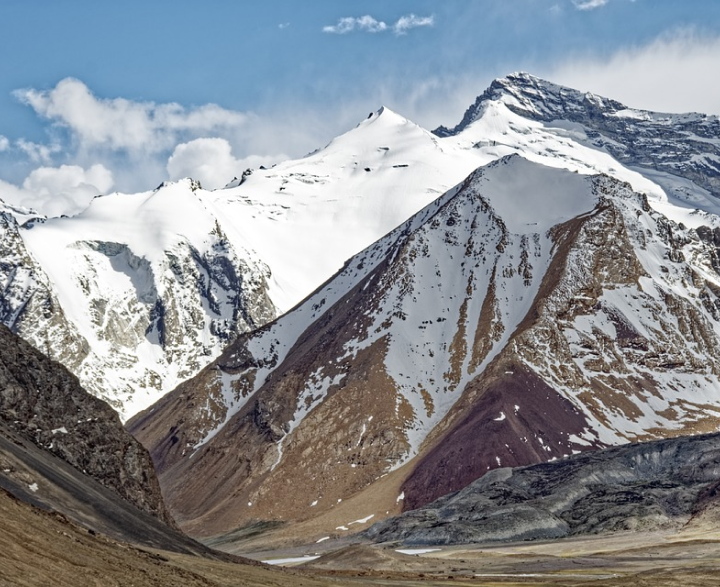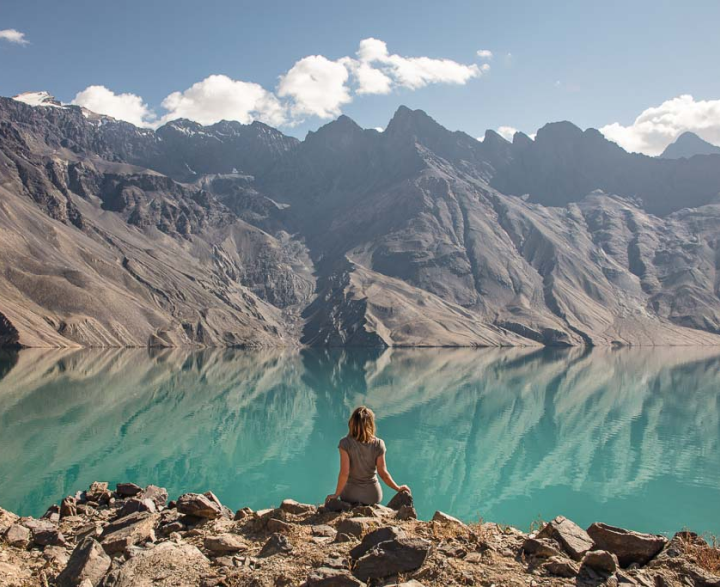
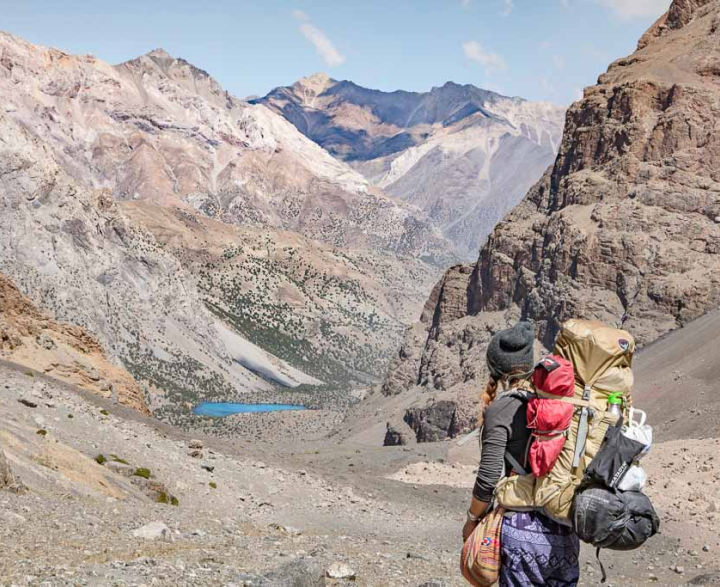
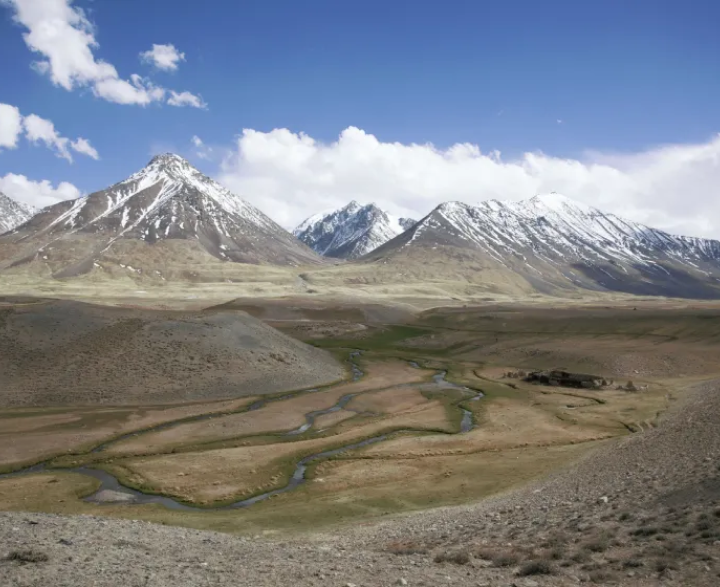
The Wakhan Corridor is a highly remotely accessed area in the north-eastern corner of Afghanistan. Steep, rough-walled mountains are crisscrossed by the river valleys that interweave together the Pamir, Tien Shan, Karakorum and Hindu Kush. The highest valleys of the corridor are home to Kyrgyz and Wakhi nomad herds who still live very primitive lives. Because of its remoteness, the area has remained untouched by modern technology and urbanization which makes trekking equally difficult but highly rewarding experience. .
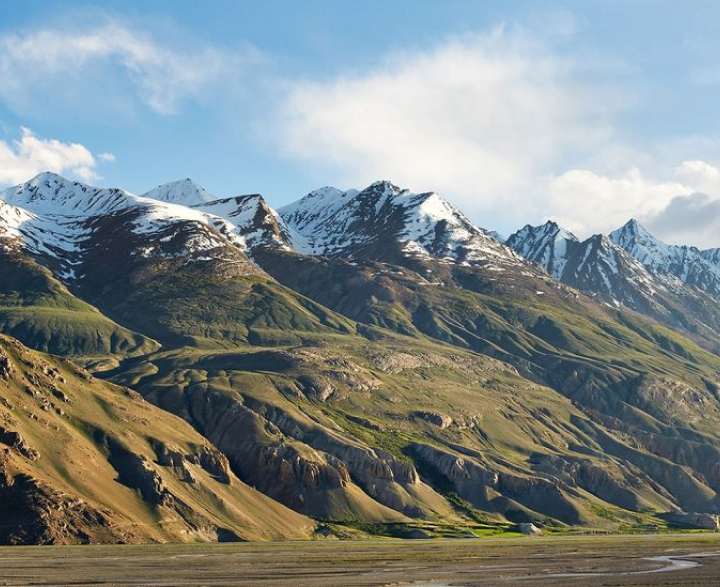
The U-formed mountains that provide plentiful munching grass during summer, however, are secured by snow for as long as six months. In the Wakhan, two such enormous zones of meadow, the Big Pamir (Pamir-e- Kalan or Pamir-e-Buzurg) and the Little Pamir (Pamir Khurd or Pamir-e-Kochak) exist. These valleys are utilized by the semi-nomad Wakhi for the summer, who come back to their villages in winter. The Kyrgyz are the permanent residents of the highest altitudes of the Pamirs. Although the Little Pamir is bigger in territory, the Big Pamir, is what makes the corridor popular for visitors and trekkers.
Echo trails was established in 2011 by Adab Shah Gouhari to help growth of tourism not only in Wakhan area but also all over Afghanistan. The contribution of the management team and the professional tour guides for the establishment of the company stretches back to years of efforts and dedication. Headquartered in Wakhan/Ishkashim area, Echo trails is a pioneer company which is fully staffed by locals. Their rich local knowledge and experience enables the company to offer the most authentic and rewarding tourism experience to our adventurous tourists.
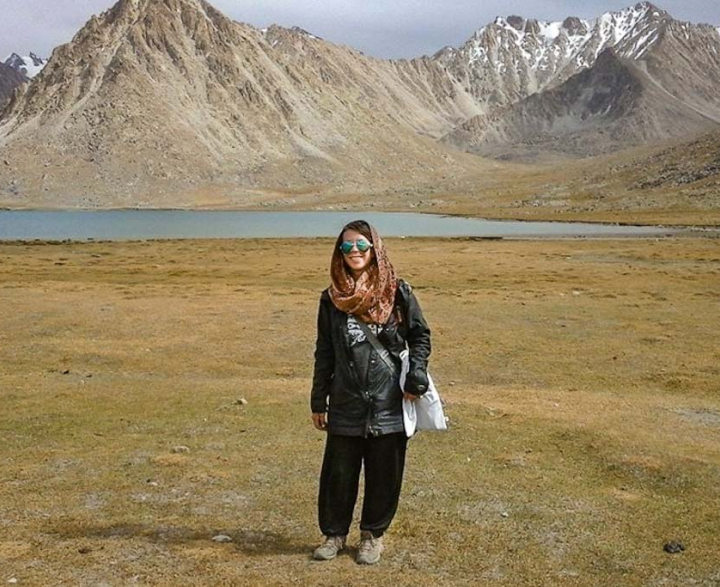

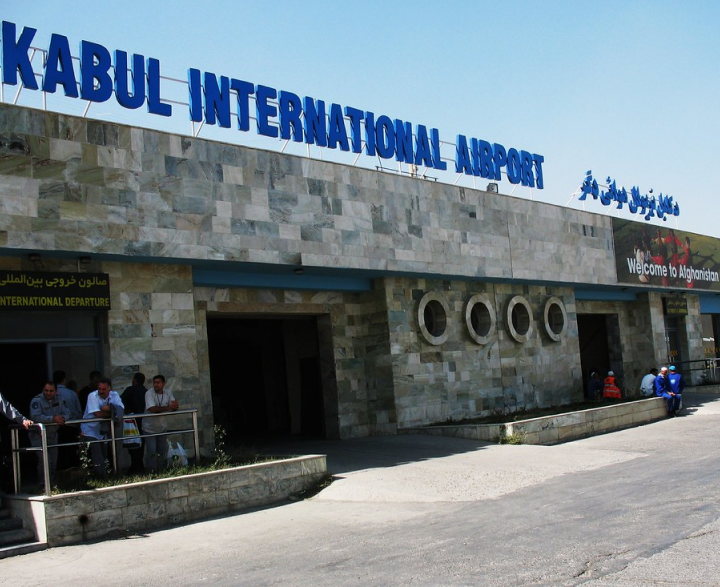
We may ride horses in a contingency day and throughout the Buzkashi game.
Yes, Teammates with dietary requirements are welcome to join. However, local food supplies are limited and we should be aware of your needs in advance.
Yes, but not during the whole excursion. Especially, in the upper Wakhan access to power is very limited. It is recommended that you carry small solar panels if you need to charge your electronics all the time.
Is it safe to just solo backpack around Afghanistan as a tourist? Certainly not. The risks are simply too great. Is the situation on the ground in a constant state of flux? Yes, it is and risks must be measured regularly, as the situation on the ground changes quickly? But is it impossible to visit as a tourist? No, that’s not true either. It is possible to visit Afghanistan with well-managed risk mitigation if you plan accordingly. Here’s how.
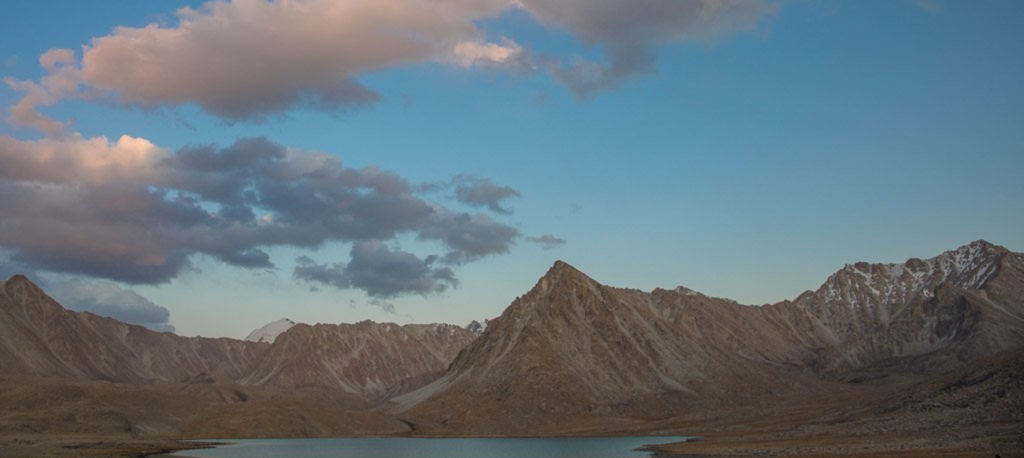
Not during most of the excursion. However, we will carry a phone with us in case you need to make emergency calls.
Yes, most nationalities need visa. Since this trip will take place through Tajikistan, you will need a visa for both countries. For Tajikistan you also need a GBAO permit (Gorno-Badakhshan Autonomous Oblast) to enter southern Tajikistan. For the Afghan Visa we will send you letters of invitation upon request. Visas are teammates’ responsibility.
No, this trip will be more convenient through Tajikistan and you will fly to Dushanbe.
Yes, for the most part. In Tajikistan it is acceptable to expose arms or legs, but the same is not recommended on the Afghan side. It is recommended that men wear long trousers and long sleeves. Women should cover legs and arms and wear a headscarf while visiting the villages. When trekking on the mountains you could remove your scarf.
Apply for this expedition team using the button below. Contact us to find more about the joining process, advice on kit, fitness, visas, flights and travel insurance. Adventure Wakhan is then on hand to help with your unanswered questions or to firm up your place on the team.
